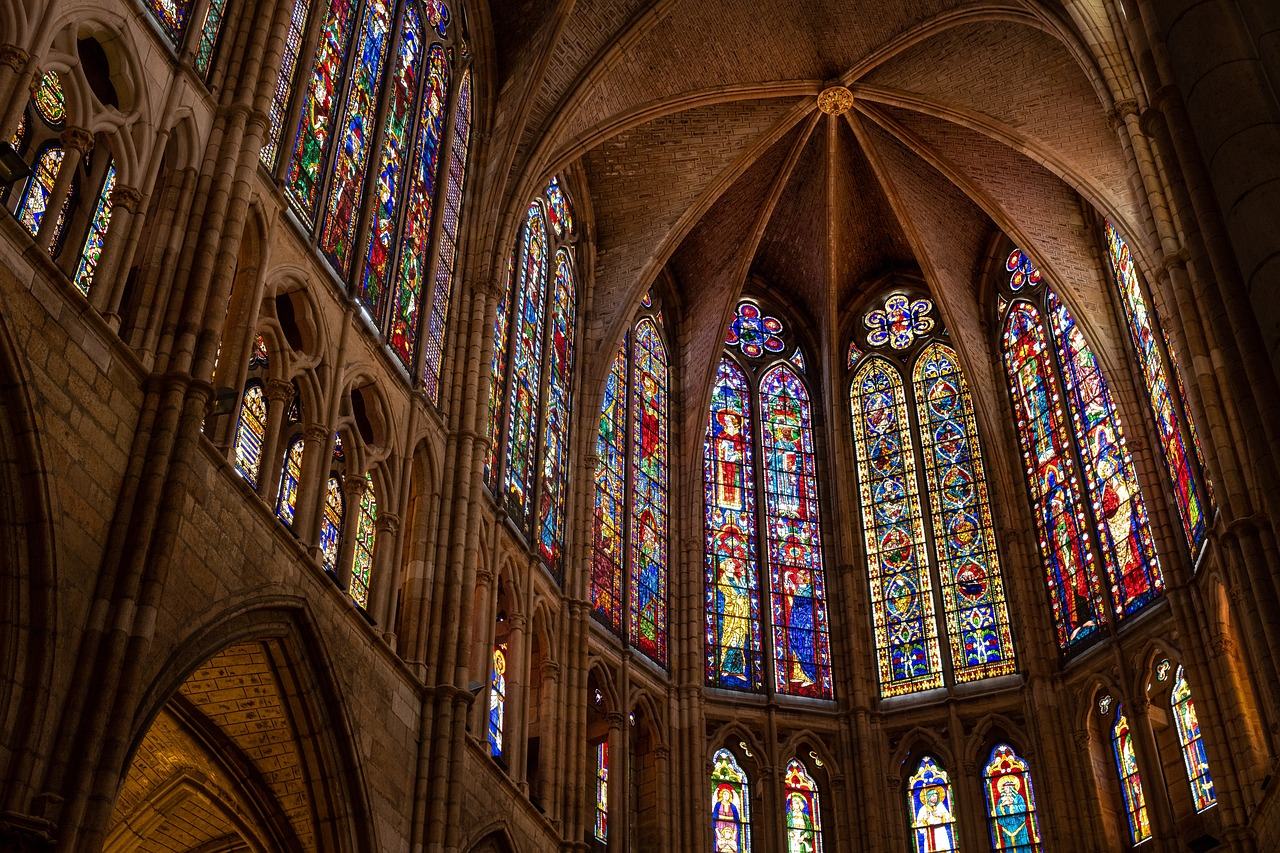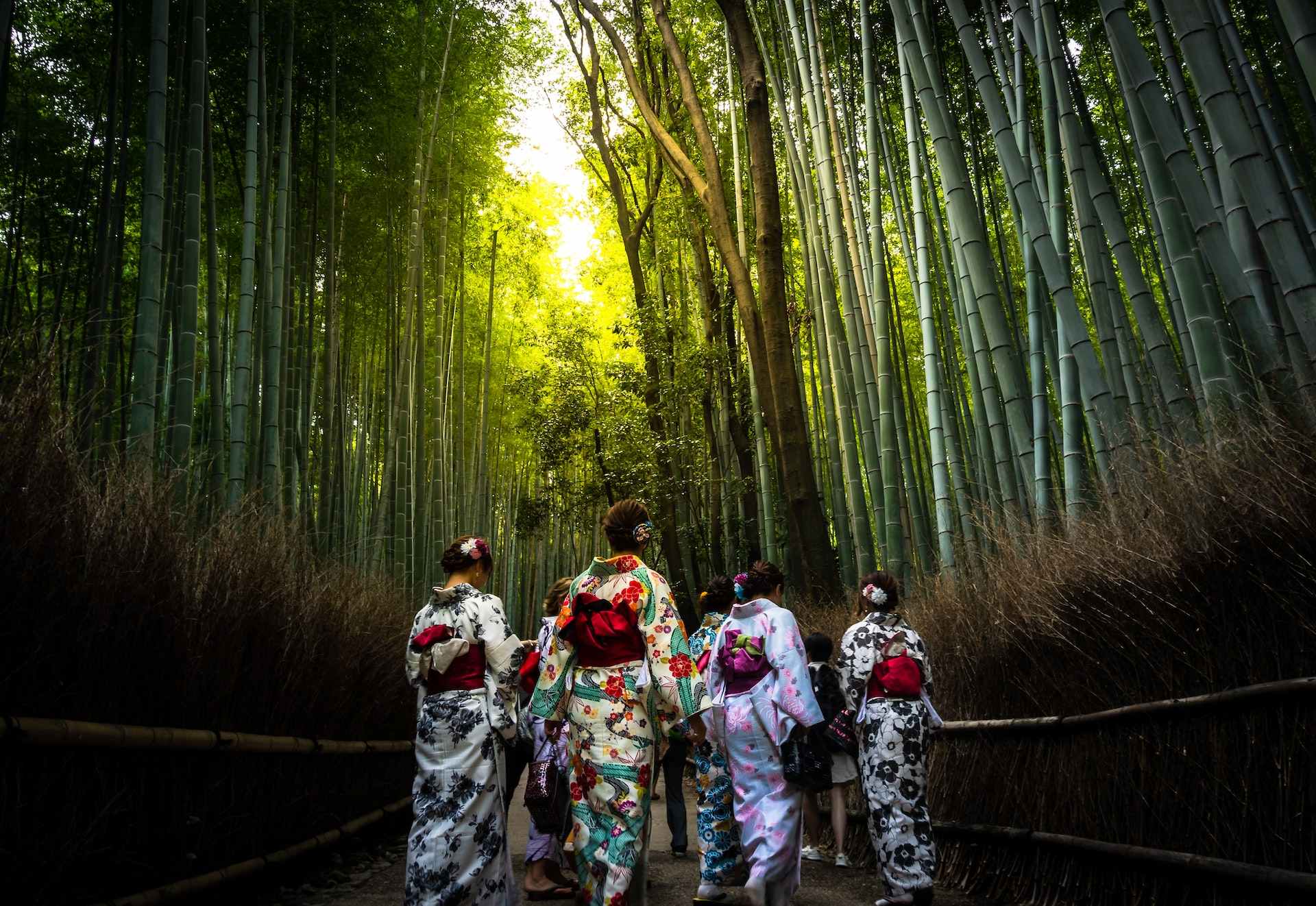Petra is a historical and archaeological city in southern Jordan that is famous for its rock-cut architecture and water conduit system.
Petra is a reasonably small town and Petra neighborhoods have their unique features and attractions.
In this article, we will explore the most popular neighborhoods of Petra.
The Siq
The Siq is the main entrance to Petra and is a narrow gorge that leads to the Treasury, one of Petra’s most famous landmarks. The walls of the Siq are adorned with intricate carvings and inscriptions, making it a popular spot for photography. The Siq also serves as the starting point for several hiking trails that lead to different parts of Petra.
The Treasury
The Treasury, also known as Al Khazneh, is the most famous landmark in Petra and is carved into the rock face of the Siq. The Treasury is a Hellenistic-style temple that was built by the Nabateans in the 1st century AD. The facade of the Treasury is adorned with sculptures and reliefs, making it a popular spot for photography.
The Monastery
The Monastery, also known as Al Deir, is the largest monument in Petra and is located at the top of a hill. The Monastery is a large, rock-cut temple that was built by the Nabateans in the 1st century AD. The Monastery offers panoramic views of Petra and is a popular spot for sunset photography.
The Royal Tombs
The Royal Tombs are a group of rock-cut tombs that are located on the slope of a hill. The tombs are adorned with intricate carvings and sculptures, making them a popular spot for photography. The tombs are believed to have been used by the Nabatean royal family.
The Street of Facades
The Street of Facades is a row of rock-cut tombs that are located on the slope of a hill. The tombs are adorned with intricate carvings and sculptures, making them a popular spot for photography. The tombs are believed to have been used by the Nabatean elite.
The High Place of Sacrifice
The High Place of Sacrifice is a religious site that is located on the top of a hill. The site features an altar, a staircase, and a cistern, and is believed to have been used for animal sacrifices. The High Place of Sacrifice offers panoramic views of Petra and is a popular spot for sunset photography.
The Roman Theater
The Roman Theater is a large, rock-cut theater that was built by the Nabateans in the 1st century AD. The theater has the capacity to seat over 3,000 people and is believed to have been used for plays and other performances. The Roman Theater is located in the center of Petra and is a popular spot for photography.
The Great Temple
The Great Temple is a large, rock-cut temple that was built by the Nabateans in the 1st century AD. The temple is located in the center of Petra and is believed to have been used for religious purposes. The Great Temple is a popular spot for photography and offers panoramic views of Petra
The Qasr al-Bint Temple
The Qasr al-Bint Temple is a large, rock-cut temple that was built by the Nabateans in the 1st century AD. The temple is located in the center of Petra and is believed to have been used for religious and political purposes. The temple is one of the largest in Petra and is a popular spot for photography.
The Obelisk Tomb
The Obelisk Tomb is a unique rock-cut tomb that is located on the slope of a hill. The tomb is adorned with intricate carvings and sculptures, making it a popular spot for photography. The tomb is believed to have been used by the Nabatean elite.
The Great Palace
The Great Palace is a large, rock-cut palace that was built by the Nabateans in the 1st century AD. The palace is located in the center of Petra and is believed to have been used by the Nabatean royal family. The palace is a popular spot for photography and offers panoramic views of Petra.
The Palace Tomb
The Palace Tomb is a large, rock-cut tomb that is located on the slope of a hill. The tomb is adorned with intricate carvings and sculptures, making it a popular spot for photography. The tomb is believed to have been used by the Nabatean elite.
The Garden Tomb
The Garden Tomb is a unique rock-cut tomb that is located on the slope of a hill. The tomb is adorned with intricate carvings and sculptures, making it a popular spot for photography. The tomb is believed to have been used by the Nabatean elite.
The Court Tomb
The Court Tomb is a large, rock-cut tomb that is located on the slope of a hill. The tomb is adorned with intricate carvings and sculptures, making it a popular spot for photography. The tomb is believed to have been used by the Nabatean elite.
In conclusion, Petra is home to many fascinating neighborhoods and monuments, each with its own unique history and beauty. From the Treasury, to the Monastery, to the Royal Tombs, there is something for everyone to explore and admire. It’s a must-visit place for history buffs, photographers and adventurers.



